engineered glue down wood floor not sticking
williemon
11 years ago
Featured Answer
Comments (10)
glennsfc
11 years agoRelated Professionals
Bristol Flooring Contractors · Costa Mesa Flooring Contractors · Kansas City Flooring Contractors · Land O' Lakes Flooring Contractors · Long Beach Flooring Contractors · Ardmore Tile and Stone Contractors · Spartanburg Tile and Stone Contractors · Goodlettsville General Contractors · Elyria General Contractors · Fargo General Contractors · Henderson General Contractors · North Lauderdale General Contractors · Pepper Pike General Contractors · Pine Hills General Contractors · Rancho Cordova General Contractorswilliemon
11 years agoUser
11 years agowilliemon
11 years agoUser
11 years agowilliemon
10 years agoruthie51
10 years agogregmills_gw
10 years agosouthernstitcher
10 years ago
Related Stories

REMODELING GUIDESWhen to Use Engineered Wood Floors
See why an engineered wood floor could be your best choice (and no one will know but you)
Full Story
DIY PROJECTSDiscover the DIY Secret Weapon of Decoupage Glue
With this liquid glue and sealant in your crafting arsenal, you can tackle a variety of home DIY projects in a single bound
Full Story
REMODELING GUIDESYour Floor: An Introduction to Solid-Plank Wood Floors
Get the Pros and Cons of Oak, Ash, Pine, Maple and Solid Bamboo
Full Story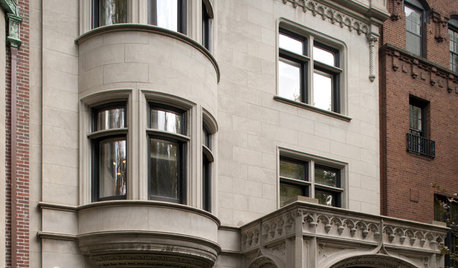
REMODELING GUIDES8 Ways to Stick to Your Budget When Remodeling or Adding On
Know thyself, plan well and beware of ‘scope creep’
Full Story
LIGHTINGStick to Branches for Naturally Beautiful Lighting
When you combine trees and technology, your lighting is as organic as it is versatile
Full Story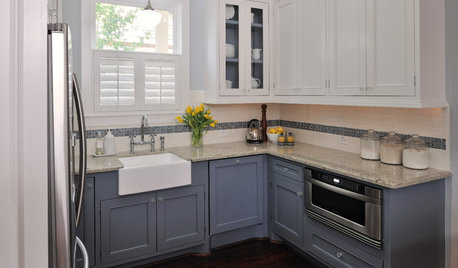
KITCHEN CABINETSKeeping Cabinet Color on the Down Low
Give just base cabinets a colorful coat for a kitchen sporting character and a spacious look
Full Story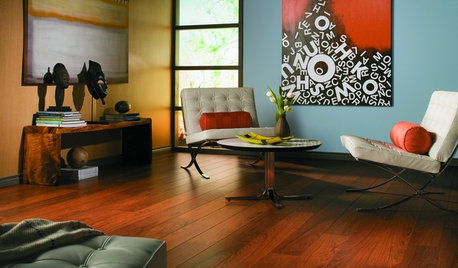
REMODELING GUIDESLaminate Floors: Get the Look of Wood (and More) for Less
See what goes into laminate flooring and why you just might want to choose it
Full Story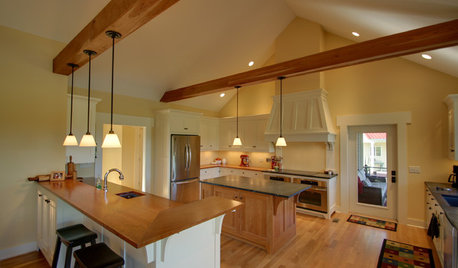
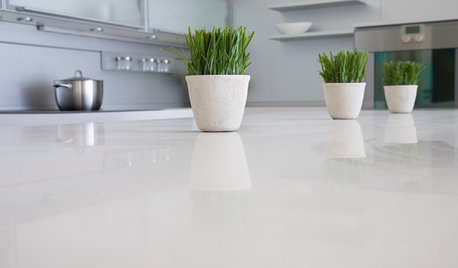
KITCHEN DESIGNKitchen Counters: Stunning, Easy-Care Engineered Quartz
There's a lot to like about this durable blend of quartz and resin for kitchen countertops, and the downsides are minimal
Full Story
WOODTry DIY Plywood Flooring for High Gloss, Low Cost
Yup, you heard right. Laid down and shined up, plywood can run with the big flooring boys at an affordable price
Full StoryMore Discussions







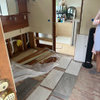

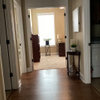
gregmills_gw